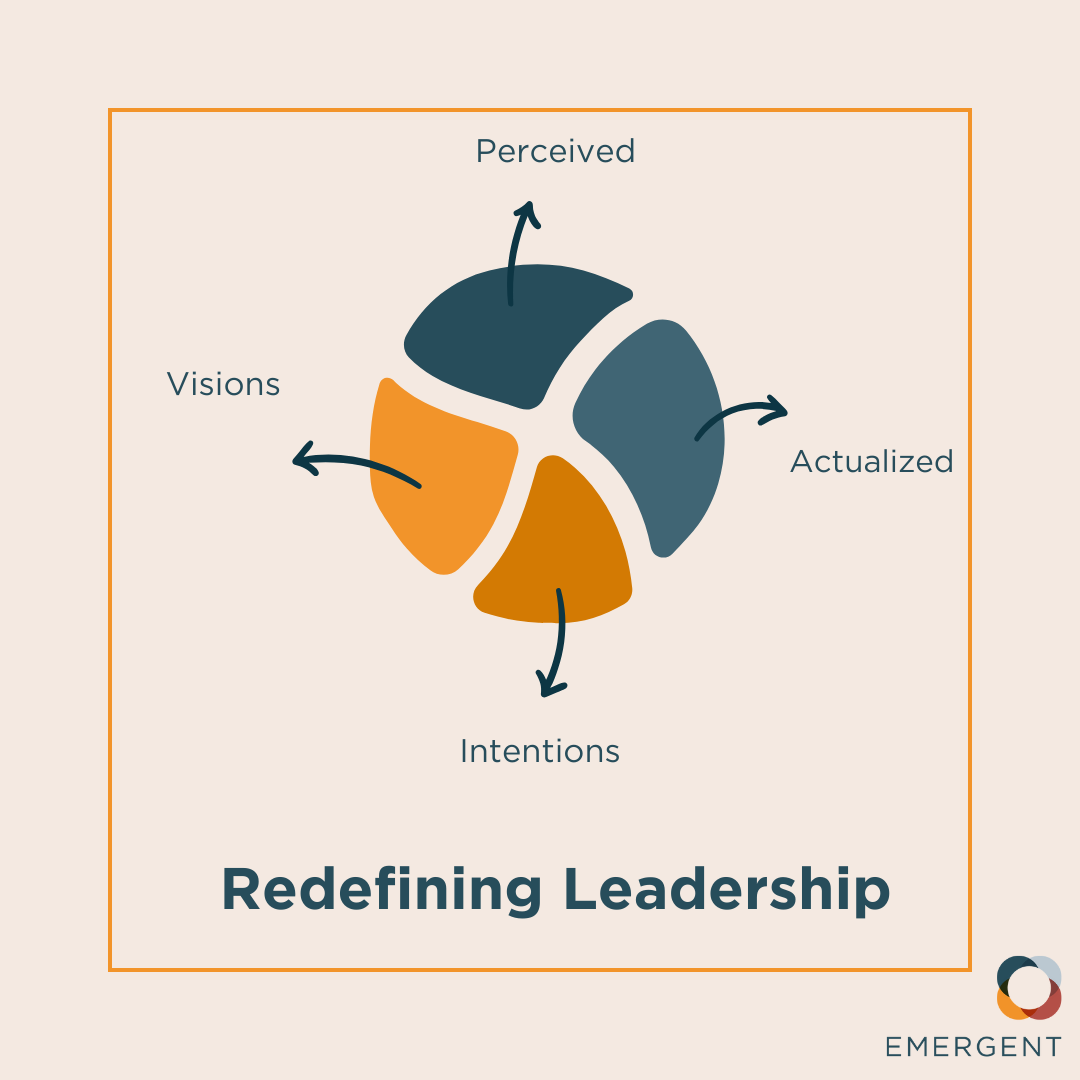As leaders, we may think our vision, strategies, ideas are what define us. Indeed, true leadership begins within, through the processes of reflection, introspection, and imagination. But success also depends on how we perform in the outer world, in the various leadership roles we inhabit. Our teams see us as the sum of our actions, the resources we provide, and the relationships we build. This gap between how we define ourselves and how others perceive us offers a valuable lesson for leading teams and organizations. Closing this gap involves making sure our actions align with the ideal leaders we imagine ourselves to be.
I’ve identified three simple standards that incorporate how leaders show up (or fail to) in their organizations and communities: their accessibility, the clarity of both their vision and available resources, and their relational impact. These three elements can either strengthen an organization’s mission or create a disconnect. Here are insights to help you align how you’re perceived with how you lead.
- Be Visible and Accessible
When leaders are approachable, proactive, and genuinely engaged with their teams, they create a sense of trust and belonging. On the flip side, inconsistent presence or inaccessibility can lead to feelings of disconnection, no matter how robust the organization’s vision or resources may be.
How to Lead Better:
- Proactive Communication: Don’t wait for your team to reach out—initiate check-ins to see how they’re doing.
- Regional Representation: If you oversee a large or geographically dispersed team, designate representatives who can maintain consistent engagement on your behalf.
- Visibility in Action: Be present not only in decision-making but also in the day-to-day realities of your team. This helps bridge the gap between leadership and execution.
- Clarify the “What” and “Why”
Resources and tools are essential, but they only carry weight if they’re clear, relevant, and accessible. Leaders often assume that their teams understand the purpose behind resources or initiatives, but unclear communication can turn helpful tools into underutilized ones.
How to Lead Better:
- Simplify Access: Ensure your team knows where to find resources and how to use them effectively.
- Communicate the Purpose: Always tie resources back to the larger mission. If your team doesn’t know why a tool exists, they’re less likely to see its value.
- Tailor Resources: Understand the diverse roles within your team and provide resources that meet their specific needs. A one-size-fits-all approach often leaves gaps.
- Prioritize Relational Impact
One of the most defining elements of leadership is relational connection. People don’t just follow strategies—they follow leaders they trust and respect. Relational engagement fosters loyalty, collaboration, and a deeper sense of purpose within teams.
How to Lead Better:
- Build Trust Through Consistency: Show up for your team in consistent and meaningful ways. Unpredictable engagement can erode trust.
- Celebrate Diversity: Recognize and value the unique perspectives and contributions of every team member. Inclusive leadership strengthens connection.
- Mentor and Develop: Invest in mentorship and professional development opportunities. When people feel supported in their growth, they’re more committed to the organization’s goals.
- Align Identity With Mission
Leadership misalignment happens when there’s a gap between what you say and what your team experiences. If your team defines your leadership based on limited visibility, unclear resources, or inconsistent connection, they may not see the bigger picture of your mission.
How to Lead Better:
- Evaluate Perception: Regularly ask your team how they perceive leadership within the organization. What’s working? What’s missing?
- Strengthen Representation: Ensure your leadership is reflected not just by your executive team but at all levels of the organization. Everyone should understand their role in carrying out the mission.
- Lead From Values: Reaffirm your commitment to core values in both words and actions. A mission-driven identity is both inspirational and unifying.
At its core, leadership isn’t about the structures we build or the strategies we implement—it’s about the connections we foster. People don’t just want a mission statement or a strategic plan; they want to feel seen, heard, and supported. As leaders, our challenge is to close the gap between perception and intention by being accessible, providing clarity, and investing deeply in relationships. When we do, we not only align ourselves with our mission—we inspire those we lead to do the same.
How are you showing up as a leader today? Are you accessible, clear, and connected? Start small, reflect often, and watch your team thrive.
It is my meaningful work to support and coach you as you develop these skills. You can find me by emailing [email protected].

Comments (1)
Love this perspective, Jeremiah. True leadership isn’t just about vision—it’s about visibility, clarity, and connection. One idea to enhance alignment: micro-moments of leadership. Small, intentional actions—like a quick check-in, a public acknowledgment, or a shared learning moment—can have a massive impact on how teams perceive leadership.